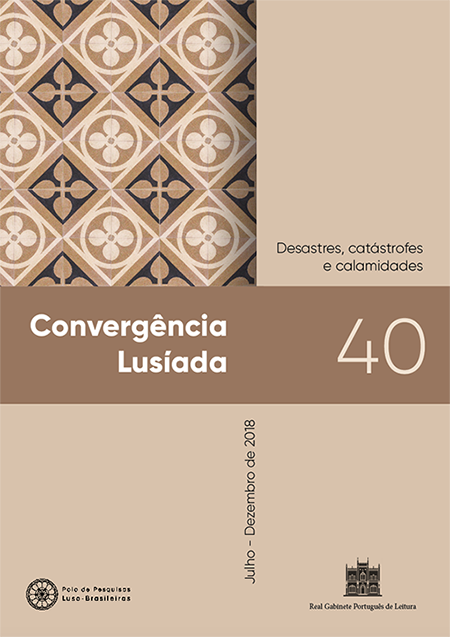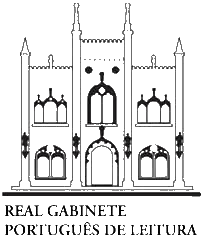A memória da catástrofe e o testemunho romântico na “fábula trágica” O senhor do Paço de Ninães, de Camilo Castelo Branco
Keywords:
Camilo Castelo Branco, romance do século XIX, literatura portuguesa, literatura e História.Abstract
Em 1867, Camilo Castelo Branco publica o romance O senhor do Paço de Ninães. Tendo a casa como corpo de escrita e lugar de partida e retorno, ou da memória, em que circulam os fantasmas da História, seja a pública, onde os vestígios da memória pátria se dão a ver, seja a história privada, onde habita a sombra da família que lá viveu, nele verifica-se uma perspectiva de leitura em que os desastres que atingiram Portugal no século XVI são relidos e reescritos, não com o que se presenciou, porque não é possível, mas considerando os rastros deixados pelo que se arruinou.
Downloads
Downloads
Published
How to Cite
Issue
Section
License
Authors who publish in Convergência Lusíada agree with the following terms:
- Authors retain copyright and grant the journal right of first publication with the work simultaneously licensed under a Creative Commons Attribution-NonCommercial 4.0 International License (CC-BY-NC 4.0) that allows others to share the work with an acknowledgment of the work's authorship and initial publication in this journal.
- Authors may enter into separate, additional contractual arrangements for the non-exclusive distribution of the journal’s published version of the work (e.g., post it to an institutional repository or publish it in a book), with an acknowledgment of its initial publication in this journal.
- Authors are permitted and encouraged to post their work online (e.g., in institutional repositories or on their website) prior to and during the submission process, as it can lead to productive exchanges, as well as earlier and greater citation of published work.

Revista Convergência Lusíada is licensed under a Creative Commons - Atribuição-NãoComercial 4.0 Internacional.









